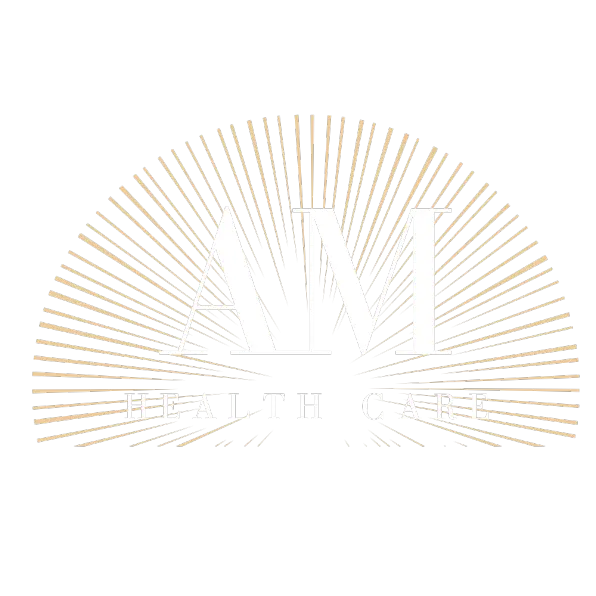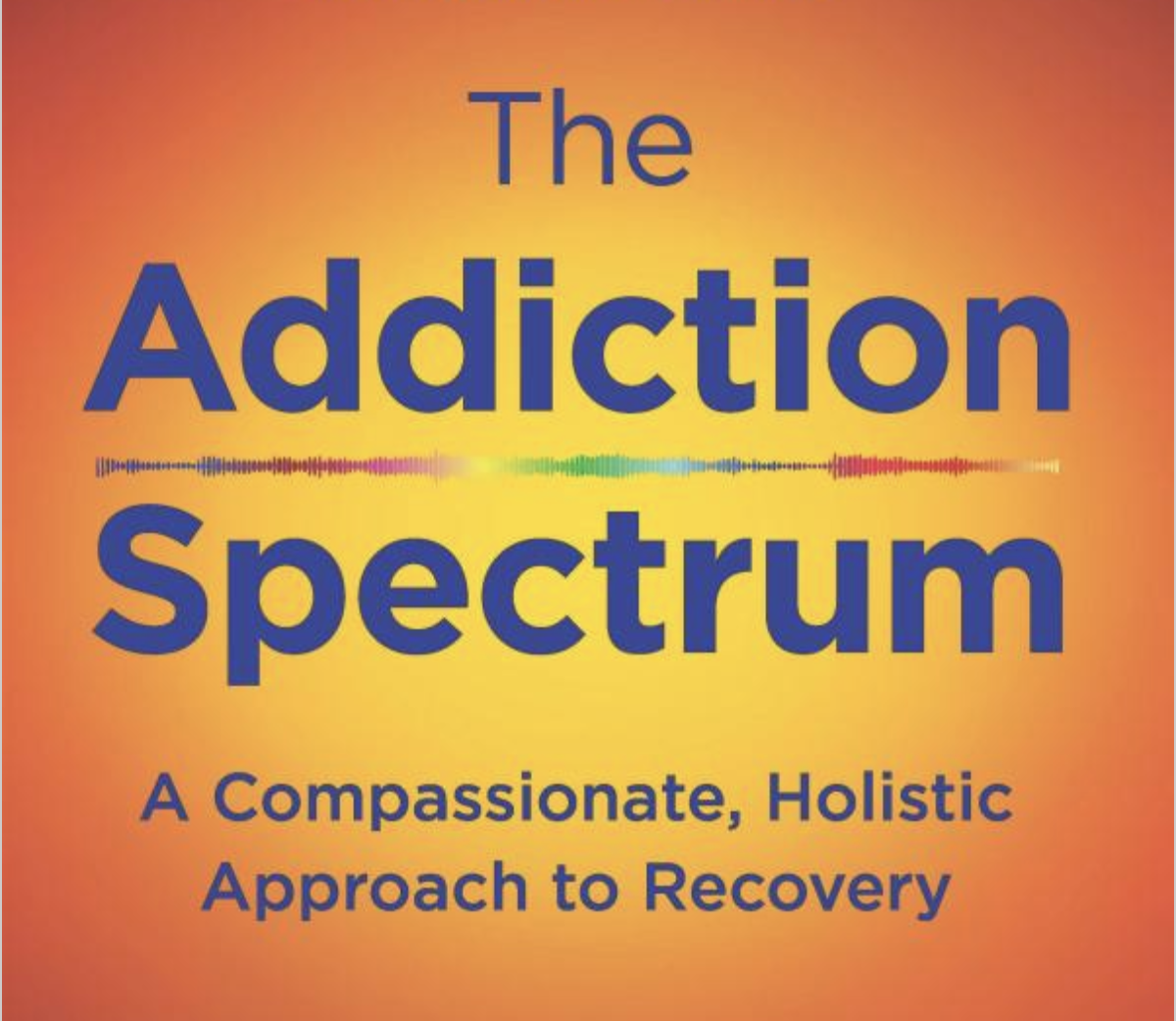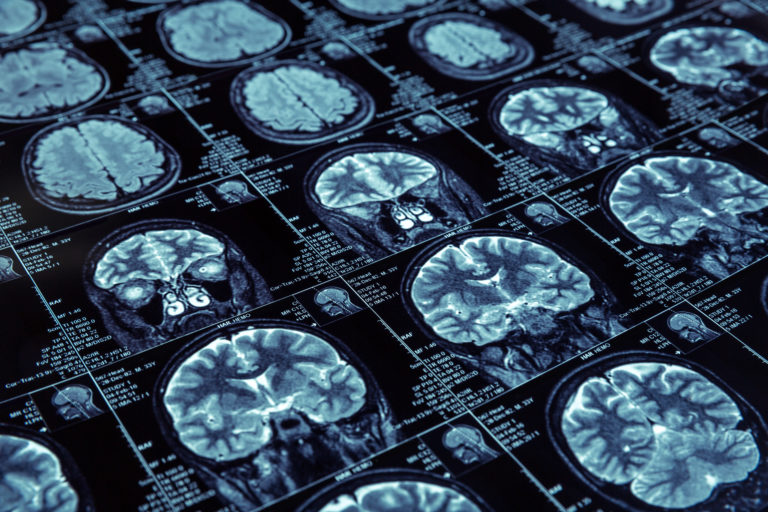We often like to keep our eyes on new books that touch upon recovery and one, in particular, does seem to offer an interesting perspective on the cycle of using. It is called The Addiction Spectrum by Dr. Paul Thomas, M.D. and it is actually receiving quite a bit of press for its dissection of the ways people find themselves caught up in a dependency.
Thomas happens to be an acclaimed addiction medicine specialist and integrative practitioner (as well as a former alcoholic), who put quite a bit of research into his 352-page hardcover. Chapters break out various stages of the spectrum, which many Amazon readers and critics have been praising. It also zeroes in to America’s opioid crisis, relating its content to many current issues people across the country are facing.
“Until now, we’ve been treating addiction as a black-or-white issue, a problem you either suffer from or will never face,” Dr. Thomas writes. “But when it comes to recovery there are so many forces working against us: stress, undernourishment, sleep deprivation, vitamin D deficiency, and isolation, not to mention a flawed medical system and corrupt pharmaceutical companies doling out prescriptions at every turn. The truth is, addiction occurs on a spectrum, and the best way to treat it is with a holistic approach.”
The spectrum he defines is wide ranging. Many factors come into play, such as how much of a substance a certain person is taking or how long they have been doing it. It also touches upon the impact this dependency may have on family members or how severe the cravings may be. Ultimately, a measurement scale like this is meant to help a person identify their problem before it becomes dangerous.
One of the other big points the book addresses is the “shades of grey” that define the addiction experience. There isn’t an on or off switch, per se, when it comes to substance abuse and no absolute solution that works for everyone. Creating a gradient spectrum can help illustrate where your dependencies may be headed and point to ways to stop yourself before you get too deep.
“The reason why it’s so important to view addiction as a spectrum is because it means you don’t have to hit rock bottom to turn it around,” recovery advocate Samantha Arsenault explained when referencing the book. “If you’re on the low or medium end of the spectrum, you can look at that and think about the lifestyle changes you can make before it gets worse.”







